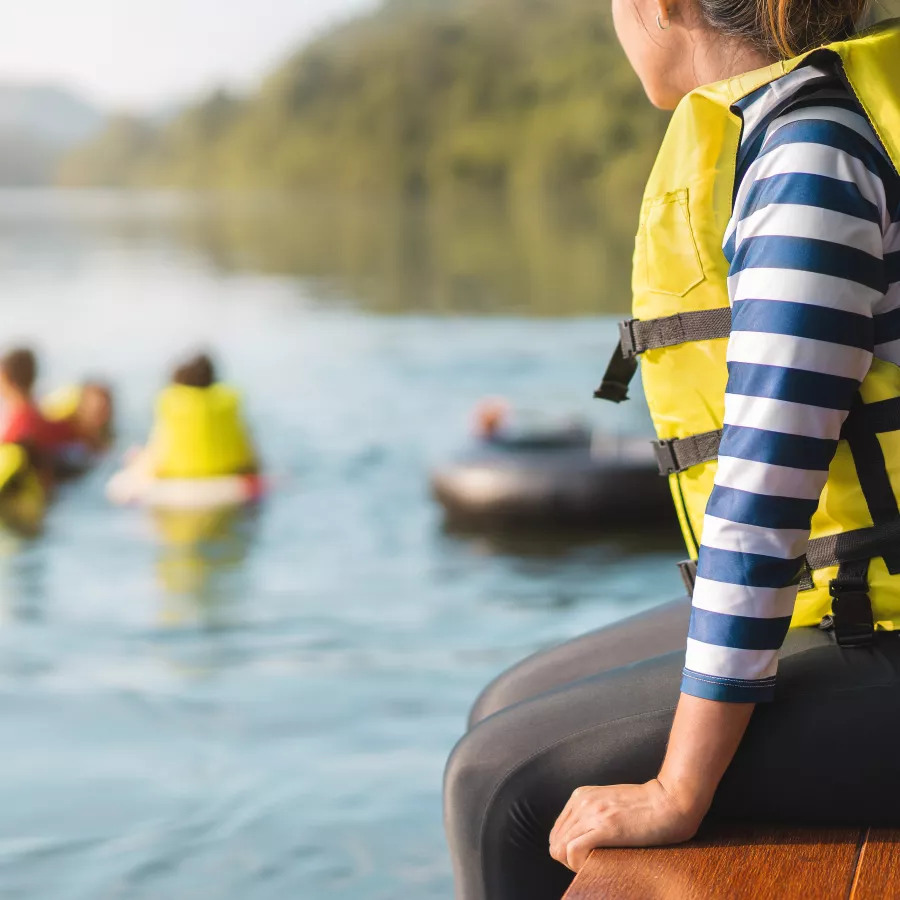Water Safety
The Facts
Drowning is the leading cause of death to children ages 1-4 in our country. Older children also drown every year. Children drown while swimming, boating, fishing, and after accidentally falling in water. Every one of those drownings is a significant loss. And just about every one of those drownings could be prevented.

Safeguard
If there is a pool at your house, be sure there is a fence around it, and be sure the fence is latched shut. Don’t let children get into the water to swim unsupervised.
Safeguard in other locations also. Life jackets should be worn on boats. Only allow feet-first jumping into natural bodies of water where you don’t know the depth. No horseplay in or near the water.

Make sure that your children know how to swim
Experts debate when the best age might be to teach children to swim, but it is agreed that almost all children are ready to learn by about age 5. Some children learn earlier than that.

Supervise when children are near water
If you know your child is swimming, fishing, boating, or playing near water, watch them. Even if they are a good swimmer, adults need to supervise.

Learn what to do in an emergency
If you are the supervisor, have some basic water rescue knowledge. Know what to do if there is an emergency. Follow the lead of Prep-peroni the Pirate.
Test Yourself: Effective Supervision
Test Yourself: Safeguarding
Resources for parents
- Life jackets
- How to pick the right one
- How to Fit a Child with a Life Jacket video, from the Water Sports Foundation
- Prevention Tips and What to do in an Emergency
- Water Sports Safety
- Boating in Washington
- The Pool Safety Campaign - Take the Pledge
- Washington State Parks Commission - Cold Water Safety
- Remember to "Reach, Wade, Throw and Row" when someone is in danger in the water with this catchy tune from Prep-peroni the Pirate
